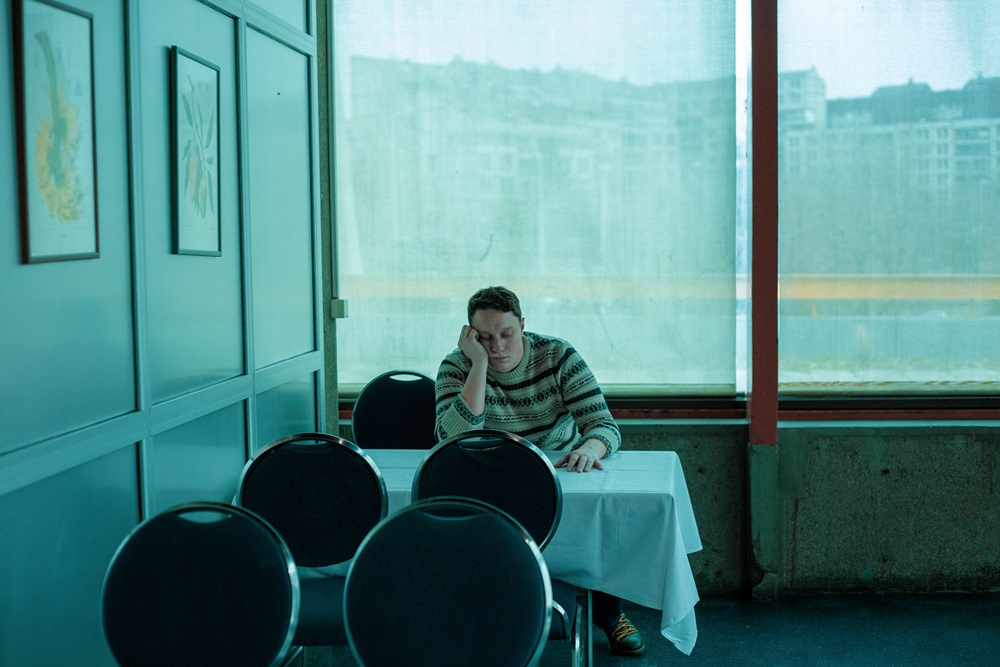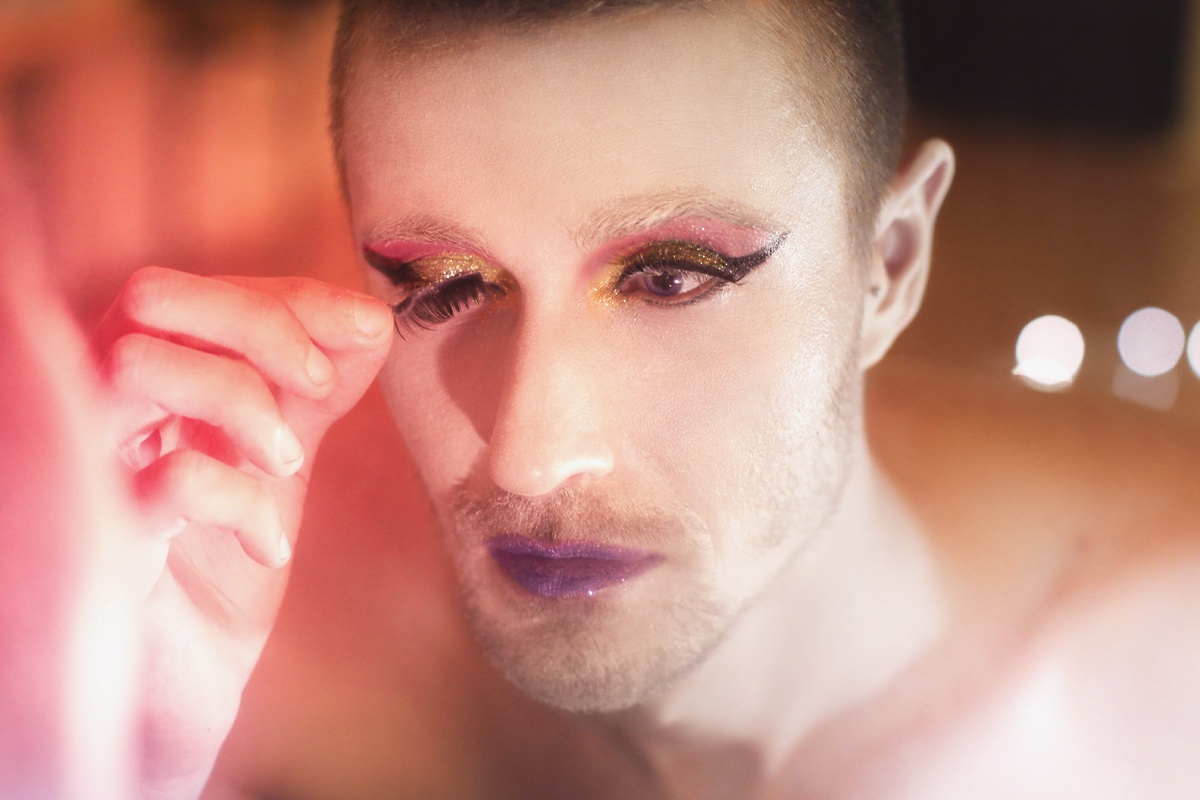In the portfolio of the Belgium-based photographer Marc T., striking and intimate images of bodies and limbs integrate his tender visual language with storytelling and narrative scenes. For the artist, photography represents a form of communication between the subject, photographer, and viewer, as he aims to depict truth and vulnerability with every photograph he takes.
Spanning the fields of photography and culture since the ’70s, when he met Cecil Beaton, Marc’s shots go beyond the exterior world of his models so that he can reach a level of intimacy that slowly opens us to a wider sense of human connection. After seeing some of his series, it’s more than clear that the artist is very much interested in the relationships we have with our bodies and how that can educate us about our own.
First off, please tell us more about yourself! How did you become interested in photography?
I first discovered photography in the late 1970’s, when I started to understand it was more than just taking nice pictures, there was kind of a magic involved. My mother was a seamstress and we had piles of fashion magazines at home. As a kid, I was fascinated by all those photographs. I think the deep reasons why I became a photographer are there in those magazines. I left Belgium, my home country, to go to London. I was a quite problematic child at school and I aspired to have absolute freedom and not be enclosed in a frame. Also at those times, it was normal for young people to become Punk I think, just to swim against the mainstream. London was calling. I will never forget that moment in the spring ’77 when I had this incredible chance to meet Cecil Beaton. From that day I knew I wanted to become a photographer, my real passion was born. From then on nothing will be ever the same again. I never stopped photographing since then.
What camera do you use?
I have used Nikon cameras for more than 40 years now. I’m so used to it that I never thought to change. The camera is an extension of my eye, it’s a part of my vision. Today I use digital cameras and I must say they feel the same in my hands as the old ones. Nikon is amazing in keeping the same mount making it possible to use the old lenses. I’m not a camera hunter looking for different possibilities or new items. Of course, technological evolution is important as it is essential to skill photographic technique but it cannot be a goal. A camera how perfect it is made doesn’t make photographs, that’s the photographer’s skill and the result of his vision. In the end, it is all about understanding and working with light, composition, and having a strong photographic vision and esthetic.
The combination with Sigma Art lenses works the best for me, I love those lenses.
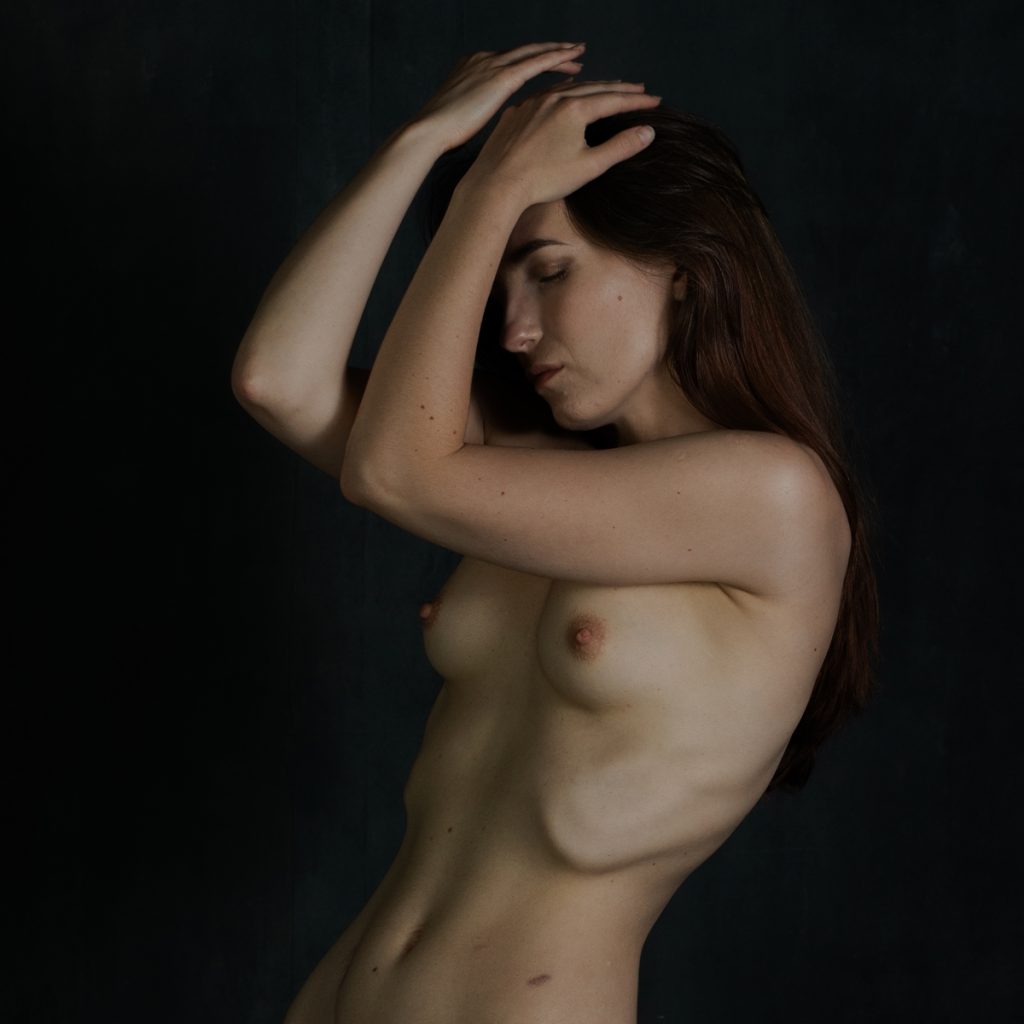
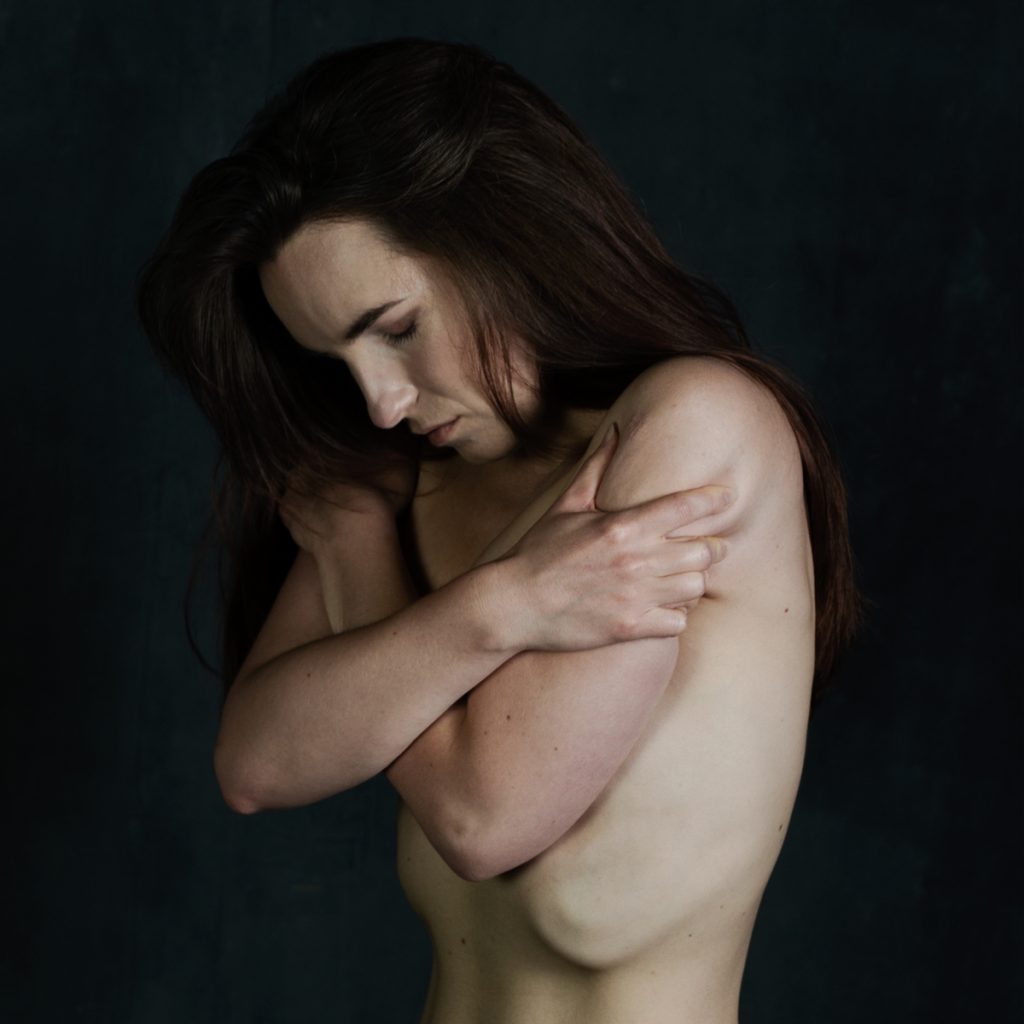

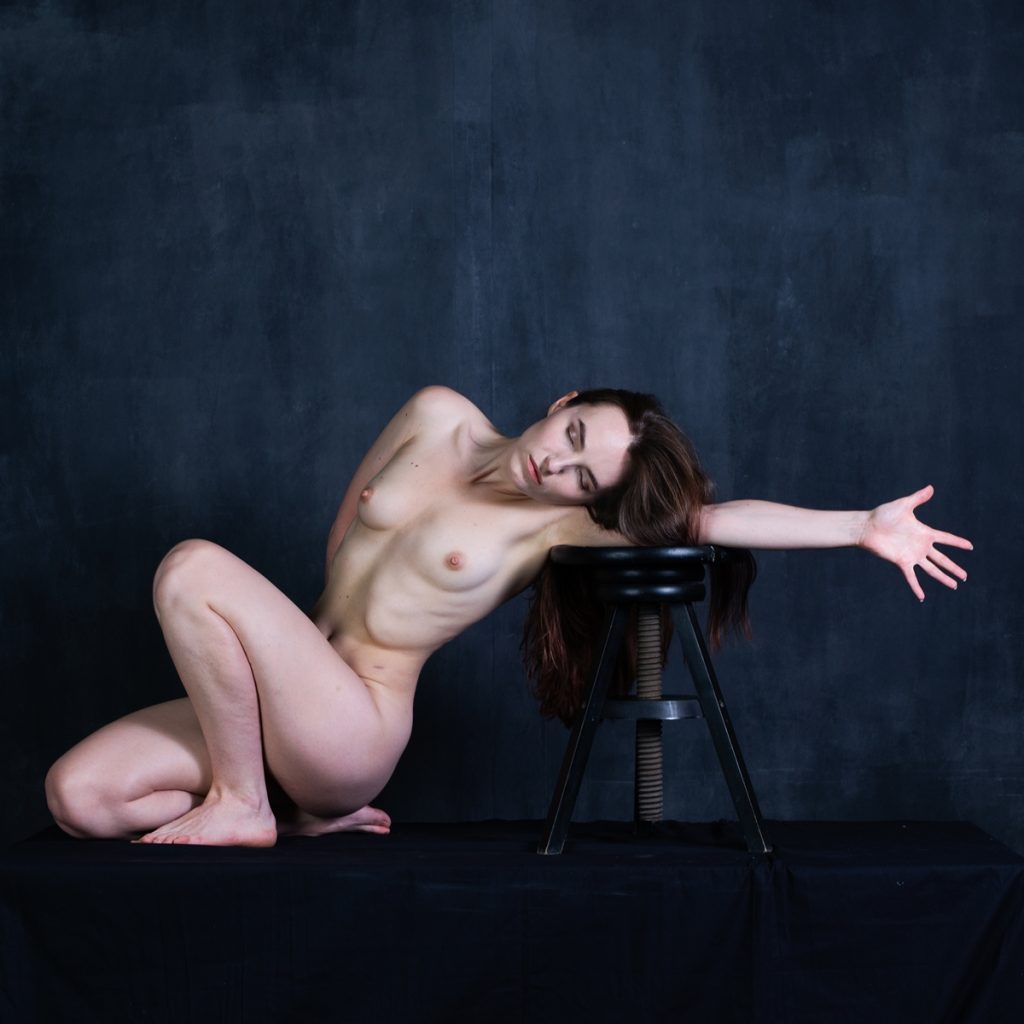
Could you tell us about how you set up a shot? How do you choose your models?
Most of the time I’m triggered by something that inspires me. It can be a novel, a story, a color, an artwork, a magazine, a light, or a contrast before I start a creative process. I make some scrapbooks and mood boards, then slowly I build the shot. This process can take a long time even several months before I start shooting. It happens I’m making drawings and sketches.
I choose the models in function of what going to shoot, most of the time they have a similar physiognomy. I like natural-looking models. The expression and body shape are important.
What makes a good picture in your opinion? When are you satisfied with one of your photos?
A good photograph is when everything comes together as imagined and planned. Also when we feel that the model is really part of the picture. We need to see a good photograph with a story and not only the model. Everything has to come together.
How much preparation do you put into taking a photograph/series of photographs?
I like taking time to prepare for a shoot and I also don’t shoot fast. The conceptualization of the shoot is the most important part of shooting a project. It means knowing where to go, how to do it, and what will be the demanded result. The only valuable result is a print. The print is the only valid signature of a photographer, once the the photograph is printed it is done. There is no way back.
What is your photographic belief system? What rules (or lack of them) guide your process from idea to execution?
Digital technology has created a completely new world in making images. Photography is a specific discipline in that huge world of image-making. That’s why it is important to define photography to avoid blurred concepts. For me, photography is made with a camera and the result is a print. The difference between photography and image-making is that photography needs a reality to be captured. It doesn’t matter if we are using analog or digital cameras or workflows, we photograph what is in front of a lens without faking it. That’s what makes photography so specific.
Trends about what is considered attractive for the female body have changed so much — going from the Marilyn Monroe hourglass to the skinny runway model, and also going from breasts being the main attraction to the butt taking center stage. Does that influence how you shoot?
Trends don’t have any influence on my work or the way I shoot. My photography is about creating my own world. As a photographer, I do not represent reality as is, but I have my vision of that reality and that’s what I’m shooting. I do not follow the trends but sometimes the tendencies are fascinating to observe. It can be inspiring of course.
In a sea of photographers, how do you think your photos stand out amongst your peers?
I still believe in the photographic act and using a camera to create an image. The photographic act means the complete knowledge and creative process that is necessary to create a personal photograph. To create every time something different, to start every time from a white sheet of paper.
Being yourself all the time.
Who would you say are some of the biggest influences on your work?
Photography from the 1930s, 40s’, and 50’s until the ’80s are great sources of inspiration. The Hollywood cinema light is just amazing. Georges Platt-Lynes, François Kollar, Cecil Beaton, Horst P Horst, Man Ray, Irving Penn, Robert Mapplethorpe, Peter Lindbergh, and Albert Watson have certainly had an influence on my work.
Where do you find yourself when you’re not taking photos?
When I’m not taking photos I often think about the next photos to make, but being with my family and close friends are truly important moments.
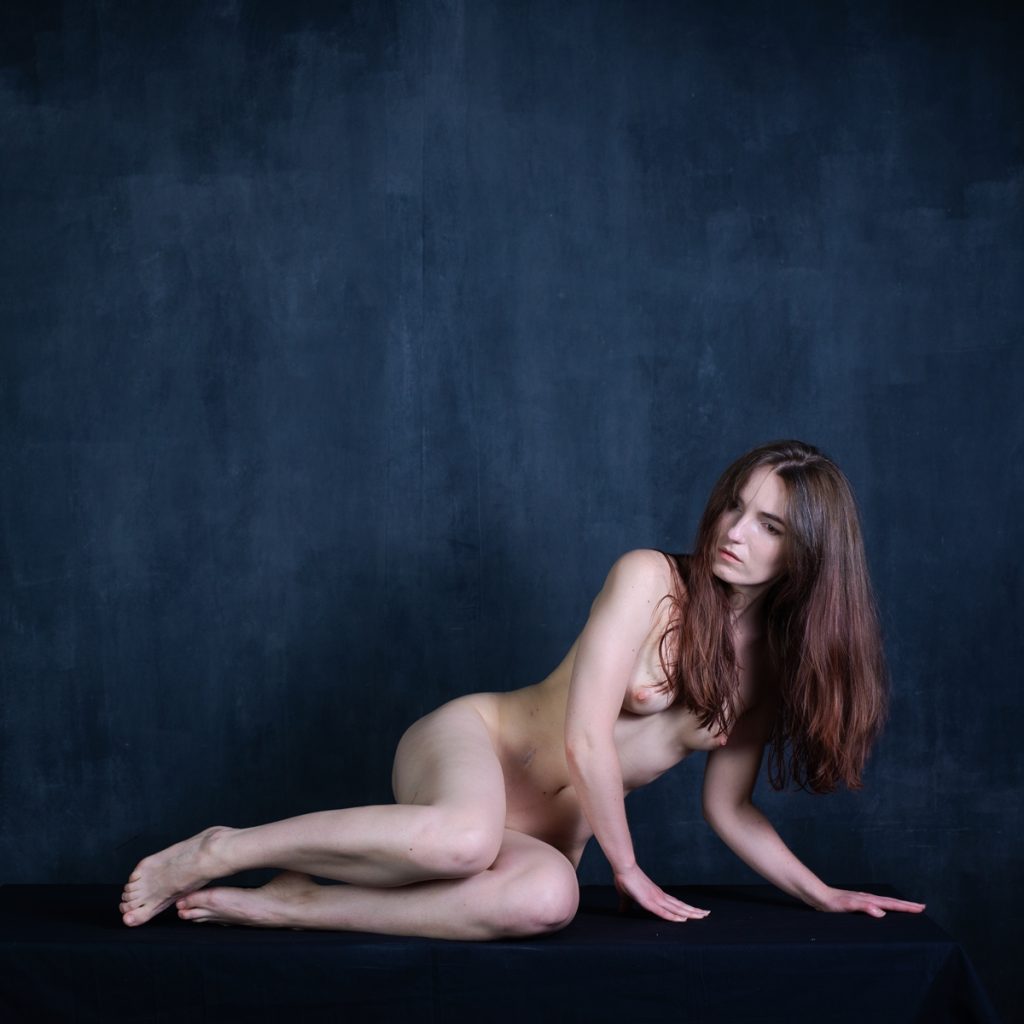
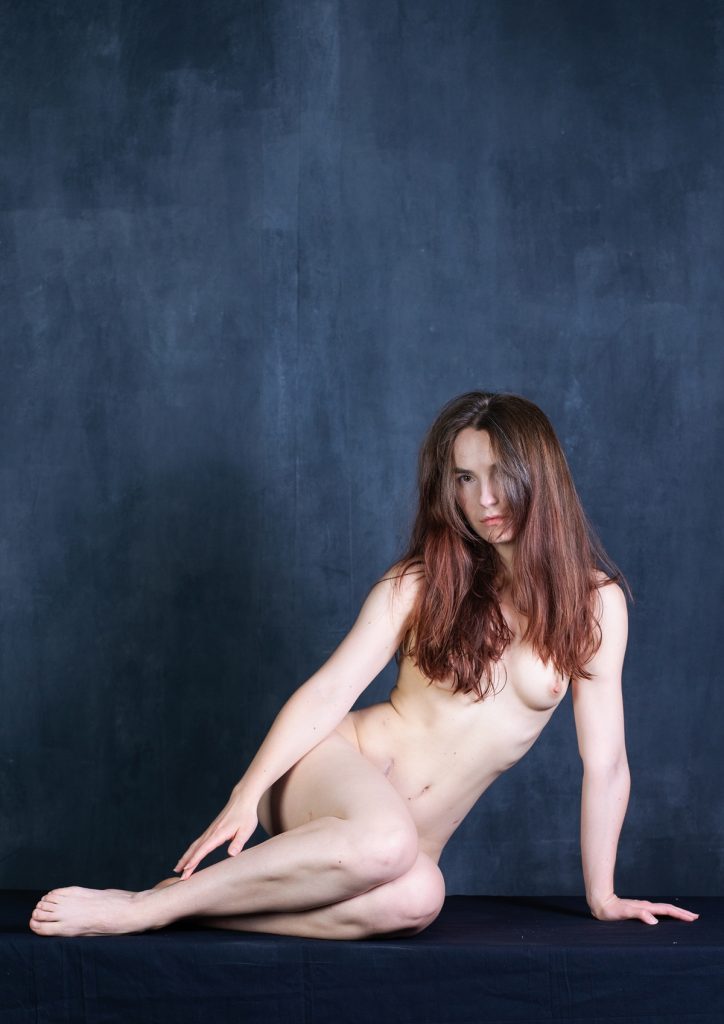
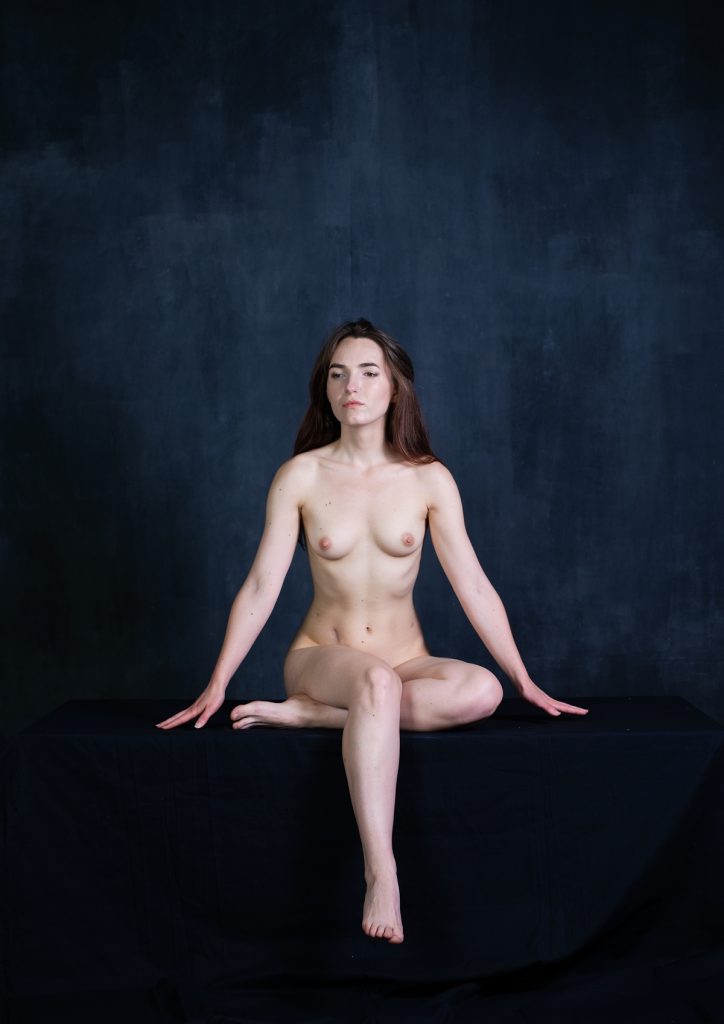

All photos belong to (c) Marc T.
Model: Marianna Yanunenko @ Mowa Models Belgium
Follow Marc T. (now.unlimited) on:
Website | Instagram
Nicoleta Raicu
Latest posts by Nicoleta Raicu (see all)
- Is ‘God Damn’ LOVE GHOST’s Best Single Yet? - April 27, 2024
- Dissecting IRONIC SWEDEN’s EDM/Future Pop Track, ‘Media Whore’ - April 26, 2024
- THE AMBER LIST: “A Joyous Uplifting That Only The Best Music Can Give You” - April 26, 2024


